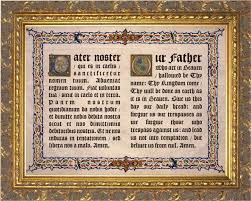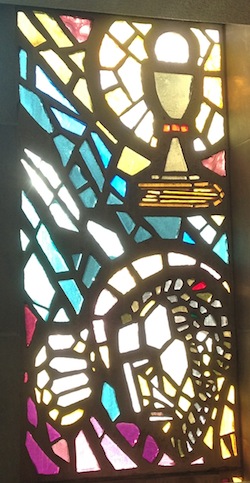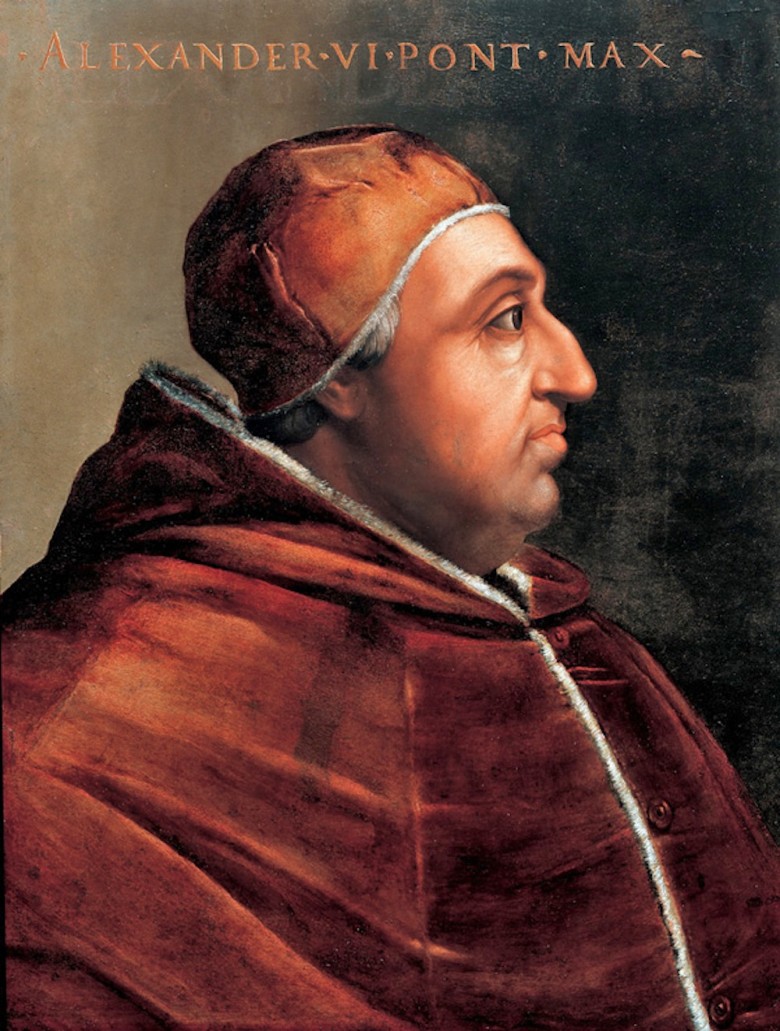Why
the human heart has this disease of instability and how it may be cured.
The
author's reason for embarking on this work.
The thing we have to do is first to show whence
such great mutability arises in the heart of man, and then to suggest the way
in which the human mind can be brought to steady peace, and how it can be kept
in that selfsame stability. And, though I doubt not that it is the property of
divine grace to bring about this work, and that possession of such grace comes
about not so much by man's activity as by the gift of God and the inbreathing
of the Holy Spirit, nevertheless I know that God would have us work along with
Him, and that He so offers the gifts of His loving kindness to the thankful
that from the thankless He often takes away the very things that formerly He
gave. Moreover, there is a further reason why it is not unprofitable for us to
acknowledge both how great our weakness is and by what means it may be
remedied; for a man who does not know how great a grace has been conferred on
him does not under-stand how great is the gratitude which he owes to the
Bestower.
The first man, then, was made in such a way that,
if he had not sinned, the power of contemplation would have kept him always in
his Maker's presence. By always seeing Him he would thus always have loved Him,
by always loving Him he would always have cleaved to Him, and, by always
cleaving to Him who is immortal, he too would have possessed in Him life
without end. This was, therefore, the one, true good of man, to wit, the full
and perfect knowledge of his Maker, full, you must understand, after that fullness
which he received at his creation, not after that which he was to receive
hereafter, when his obedience was fulfilled. But he was banished from the face
of the Lord when, smitten with the blindness of ignorance through his sin, he
came forth from the inward light of con- temptation. And the more he forgot the
sweetness of supernatural things, for which he had already lost the taste, the more
did he bend his spirit down to earthly desires.
In this way he became “a wanderer and a fugitive
upon the earth; a wanderer on account of disordered desire, and a fugitive
because of guilty conscience, the voice whereof is fittingly suggested by those
words, 'whosoever finds me shall slay me”. For every temptation that assails it
overthrows the soul that is bereft of the divine assistance. Thus, once it had
begun to lose its integrity through its earthly desires, the human heart, which
had hitherto kept its stability in cleaving to divine love and remained one in
the love of the One, was as it were divided into as many channels as there were
objects that it craved, once it had begun to flow in different directions
through earthly longings. And that is how it happens that the soul, not knowing
how to love its true good, is never able to maintain its stability. Failing to
find what it longs for in those things which it has, its desire is always
reaching out in pursuit of the unattainable; and so it never has rest.
Therefore, from movement without stability is born toil without rest, travel
without arrival; so that our heart is always restless till such time as it
begins to cleave to Him, in whom it may both rejoice that its desire lacks
nothing, and be assured that what it loves will last eternally.
See, we have shown you these stages the disease
itself, a wavering heart, unstable and restless; the cause of the disease which
is clearly love of the world; and the remedy of the disease which is the love
of God. And to these must be added a fourth, namely, the application of the
remedy, that is, the way in which we may attain to the love of God. For without
this it would be of little or no profit to know all the rest. The thing we have
to do, therefore, is first to show whence such great mutability arises in the
heart of man, and then to suggest the way in which the human mind can be
brought to steady peace, and how it can be kept in that selfsame stability.
And, though I doubt not that it is the property of divine grace to bring about
this work, and that possession of such grace comes about not so much by man's
activity as by the gift of God and the inbreathing of the Holy Spirit,
nevertheless I know that God would have us work along with Him, and that He so
offers the gifts of His lovingkindness to the thankful that from the
thankless He often takes away the very things that formerly He gave.
Moreover, there is a further reason why it is not
unprofitable for us to acknowledge both how great our weakness is and by what
means it may be remedied; for a man who does not know how great a grace has
been conferred on him does not understand how great is the gratitude which he
owes to the Bestower.
In this way he became “a wanderer and a fugitive
upon the earth”; a wanderer on account of disordered desire, and a fugitive
because of guilty conscience, the voice whereof is fittingly suggested by those
words, 'whosoever findeth me shall slay me'. For every temptation that assails
it overthrows the soul that is bereft of the divine assistance. Of the difference between the love of God and the
love of the world, illustrated by the figure of water changed to wine.
The difference between the love of God and the
love of the world is this: the love of this world seems at the outset sweet,
but has a bitter end; the love of God, by contrast, is bitter to begin with,
but is full of sweetness in its end. This, in a most beautiful allegorical
sense for it was uttered of our Bridegroom's wedding is shown by the Gospel
when it says: 'Every man at the beginning doth set forth good wine, and only
after men have drunk well that which is inferior; but thou hast kept the good wine
until now.' Every man, that is, carnal man, does indeed set forth good wine at
the beginning, for he finds a certain spurious sweetness in his pleasure. But
once the rage of his evil longing has saturated his mind, then he provides
inferior wine to drink, because a sudden pricking of conscience assails his
thought, which till now had enjoyed a spurious delight, and grievously torments
him. Our Bridegroom, on the other hand, offers the good wine last when He
allows the heart, which He intends to fill with the sweetness of His love,
first to pass beneath the bitter harrow of afflictions; so that, having tasted
bitterness, it may quaff with greater eagerness the most sweet cup of charity.
And this is 'the first sign' which Jesus
made in His disciples presence and they
believed on Him; for the repentant sinner first begins to trust God's mercy
when he feels his heart cheered by the consolation of the Holy Spirit after
long weariness of grief.
Let us then see what we can do to attain the love
of God, for He will integrate and stabilize our hearts, He will restore our
peace and give us ceaseless joy. But nobody can love that which he does not
know; and so, if we desire to love God, we must first make it our business to
know Him, and this especially since He cannot be known without being loved. For
so great is the beauty of His loveliness that no one who sees Him can fail to
love Him. A man who wants to make himself acquainted with another person's
character and inmost thoughts gets on to friendly terms with him, and is often
at his house and in the
company of those who are his intimates. And if he
perceives this man's affairs to be well and wisely ordered, he at once becomes
the more certain of his excellence, and immediately considers him worthy of his
love because he knows that he has found such patent proofs of his worth.
Let us likewise, therefore, inquire where God
dwells, where His abode may be; let us interrogate His friends concerning Him.
If He is wise, if He is faithful, then He merits praise. If He is kind, if He
is merciful, if He is humble, then He merits love. He is wise, if He governs
His house well. He is faithful, if it is not in Him to deceive those who serve
Him. If He freely pardons those who sin, then He is kind. If He is pitiful to
persons in affliction, then He is merciful. And He is lowly, if He rules His
subjects not by oppressing but by helping them.















